Introduction
Desk mats are an essential part of every office setup. They protect your desk from scratches and dents, and they make it easy to organize your space. If you have a brand new desk, or if you're looking to upgrade your current one, then it's time to buy a mat! But how do you know which one is right for you? In this post we'll cover some of the most important considerations when purchasing desk mats:
Choosing a Desk Mat
Choosing a desk mat is an important decision, and it should be based on your needs, as well as the type of desk you have. If you have a small table or countertop, then a smaller mat will do just fine. However, if you are working at a long table and need to keep your laptop far away from any cords or other electronics that might cause some interference with its circuits (say, if they're powered by electricity), then consider getting one that's extra-wide so that there's plenty of room between everything else on the desk and yourself.
Another thing to consider when choosing which mat is right for you is how thick it is going to be—the thicker it is, the longer lasting it'll be without wearing down too quickly; but remember not all materials can take having their thickness increased without them breaking apart over time! Also keep in mind whether or not these materials are compatible with each other: metal + plastic = bad combo; metal + glass = good combo (as long as metal isn't visible).
The cost of these items depends largely on what kind.
Size
As a rule of thumb, your desk mat should be proportional to the size of your desk. If you have a small desk, a small mat will be just fine. If you have a large desk and want to add some personality to it with an interesting design, then get yourself a large mat. If you prefer something more neutral and professional looking, go for a medium sized one that’s neither too big nor too small for the space it’s covering.
Shape
When it comes to the shape of a desk mat, there are three options: rectangular, square and round. The most common style is rectangular, as its size can be adjusted to fit any desk. A smaller square or round desk mat may be more appropriate for desks with smaller surfaces.
Materials and Thickness
There are a wide variety of materials that can be used for a desk mat, each with its own benefits and drawbacks. Rubber is one of the most popular options because it's durable and doesn't transfer heat or cold like some other materials may do. Cork is another good option because it absorbs sound well, making it perfect for shared workspaces where others may be disturbed by noise from typing on keyboards or clicking trackpads. Felt is also an option if you're looking for something that has more grip to help keep pens and pencils from sliding off your desk surface.
Rubber is often considered to be one of the best materials for use in office environments where there's high traffic flow due to its durability; however, cork tends to be more popular among artists who need their hands free but still want protection from scratches and spills on their desks (though rubber might be better at preventing these issues). As far as thickness goes, 1/4 inch should suffice—anything thinner than this isn't going to provide much protection against bumps from chairs rolling over legs during meetings! If you're looking for something thicker than 1/4 inch though, remember that your purpose matters too: if your intention is just general protection against scratches then going any higher than 1/4 inch probably won't help much since most people don't move their chairs around much during regular business hours anyway."
Types of Desks Mats
There are many different types of desk mats. Some are custom-made to fit your desk, while others can be customized to fit your needs. There's no right or wrong type of mat—it all depends on what you want and where you're going to use it.
If you have a large, solid wood desk and want something that will help protect its surface from scratches, dents, and other wear-and-tear (and keep the dust bunnies at bay), consider getting a leather desktop pad with cutouts for speakers, power buttons and cords. This will give your workspace some extra style without compromising its functionality—and if it gets dirty over time just wipe it down with a damp cloth!
Consider your needs before buying a desk mat
Before you buy a desk mat, consider the following:
-
The type of desk you have. If your desk is made of wood, it's best to get a low-friction mat that won't damage the surface.
-
How often and how long you use your computer at work. If you work in an office environment where there are several people using shared space, you may want a larger mat so that more people can use it without bumping into each other's desks.
-
Your needs as an individual worker. Do you spend much time sitting at your desk but spend most of your day walking around? Or do you sit still all day with little movement (and thus perhaps little need for additional anti-fatigue benefits)? It's important to decide whether or not this will be enough for either scenario before deciding which kind of product is right for them!
Conclusion
We hope these tips will help you choose the best desk mat for you. The most important thing is to figure out what type of desk mat fits your needs and match it with your personality!
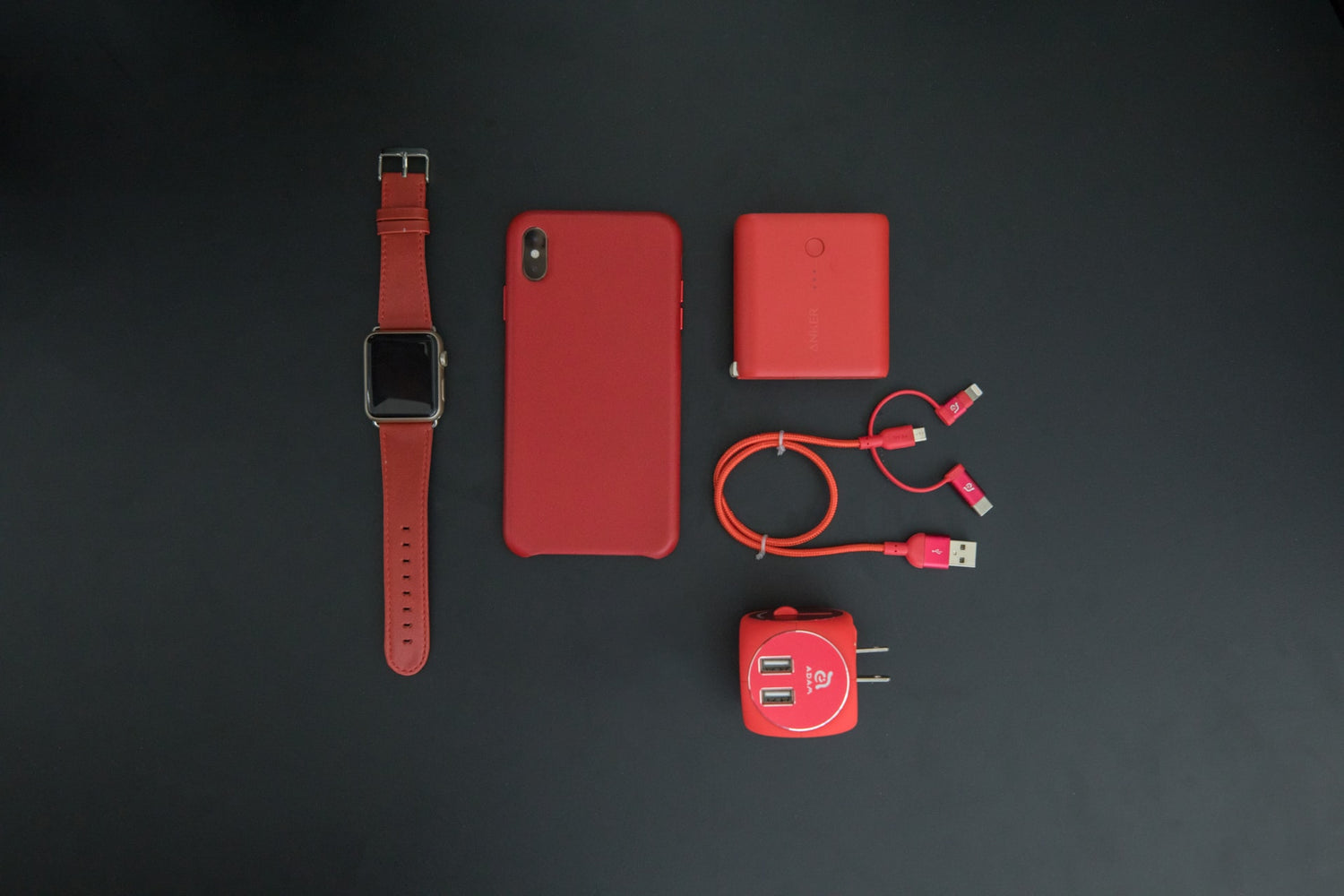
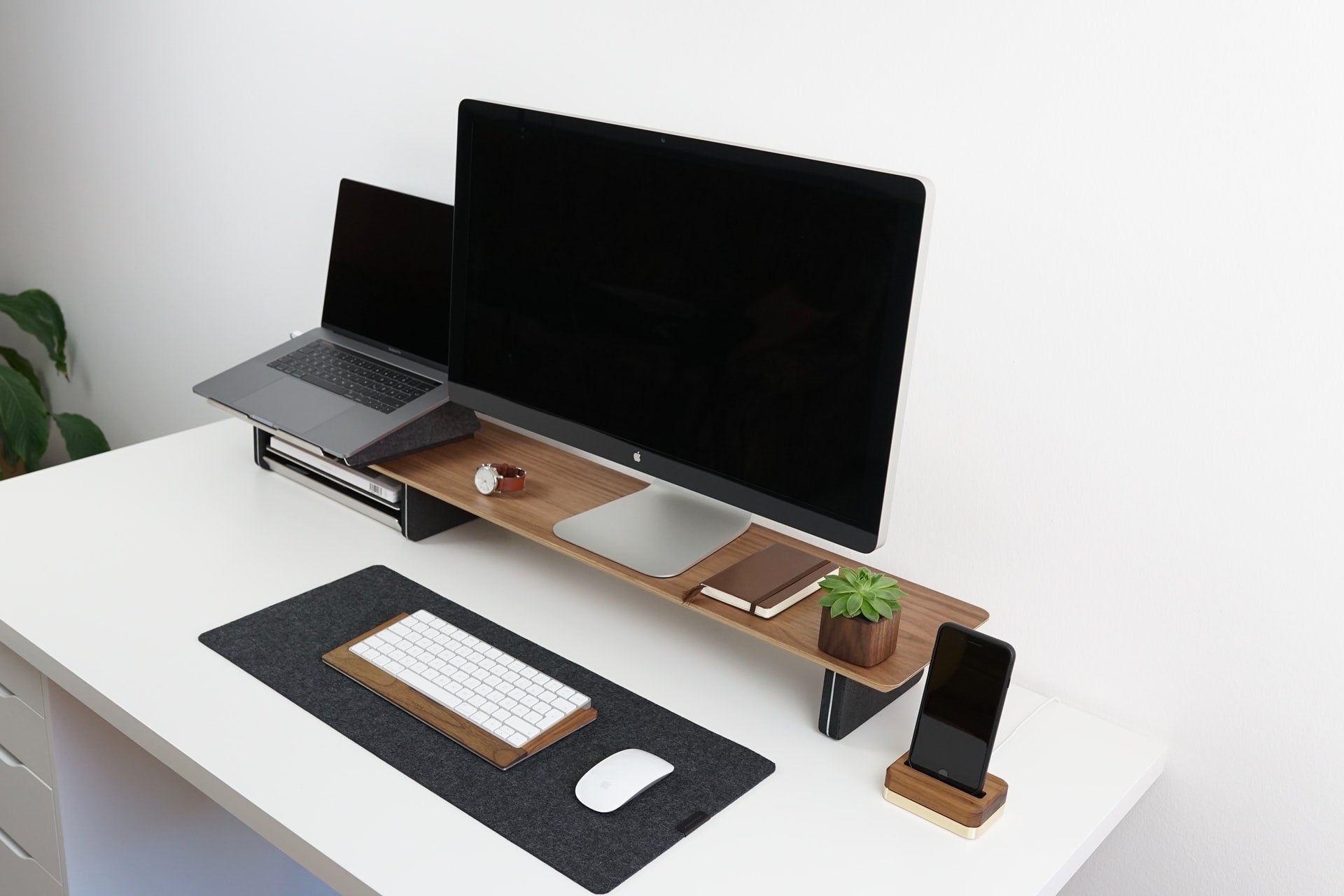
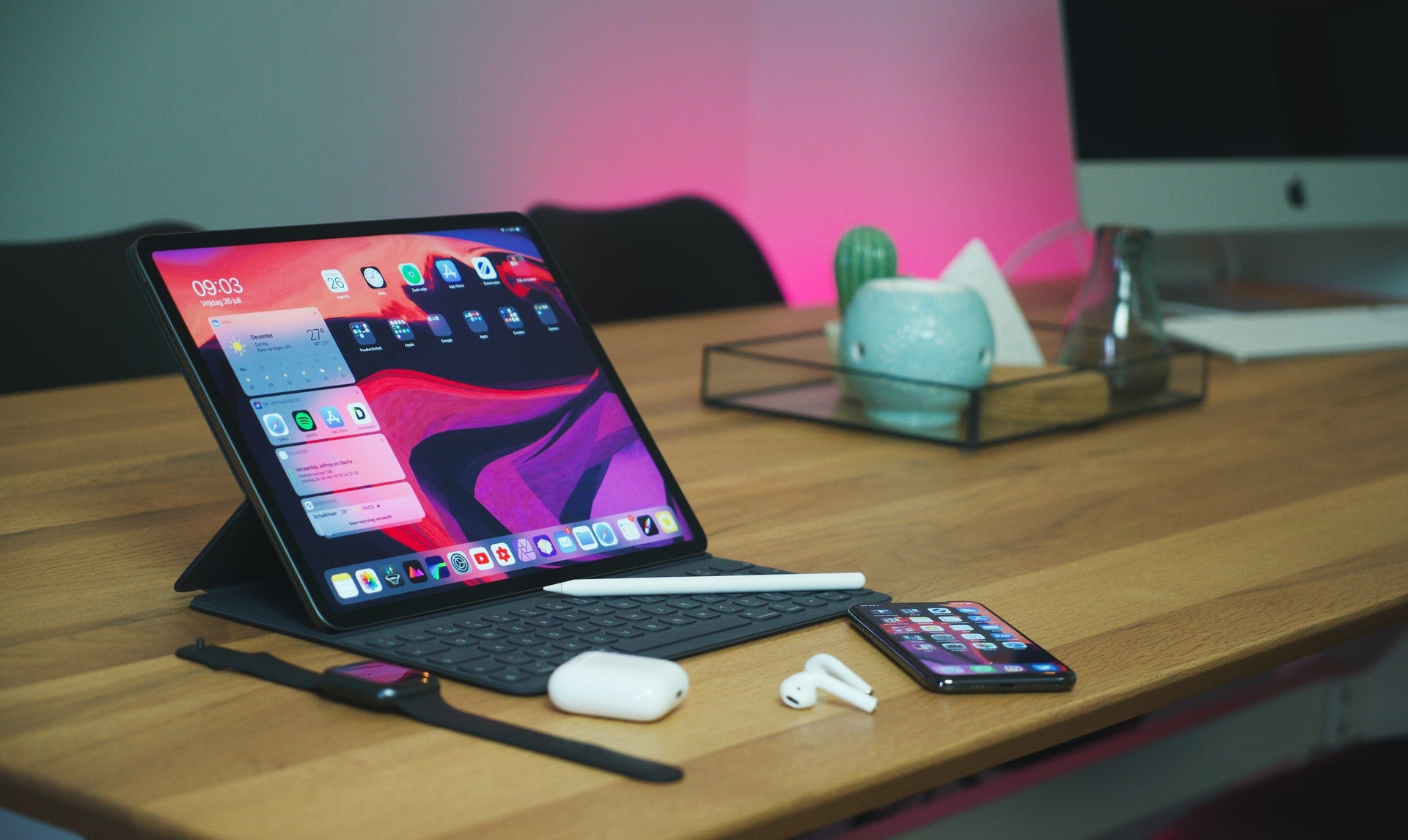
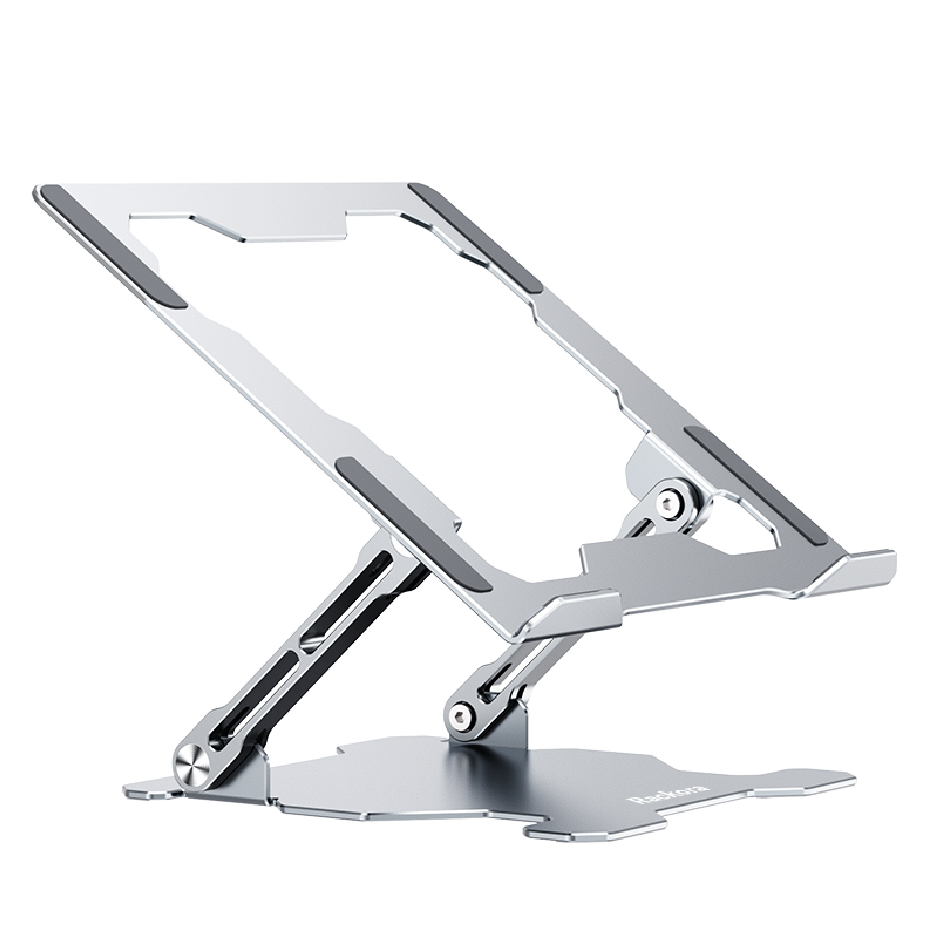
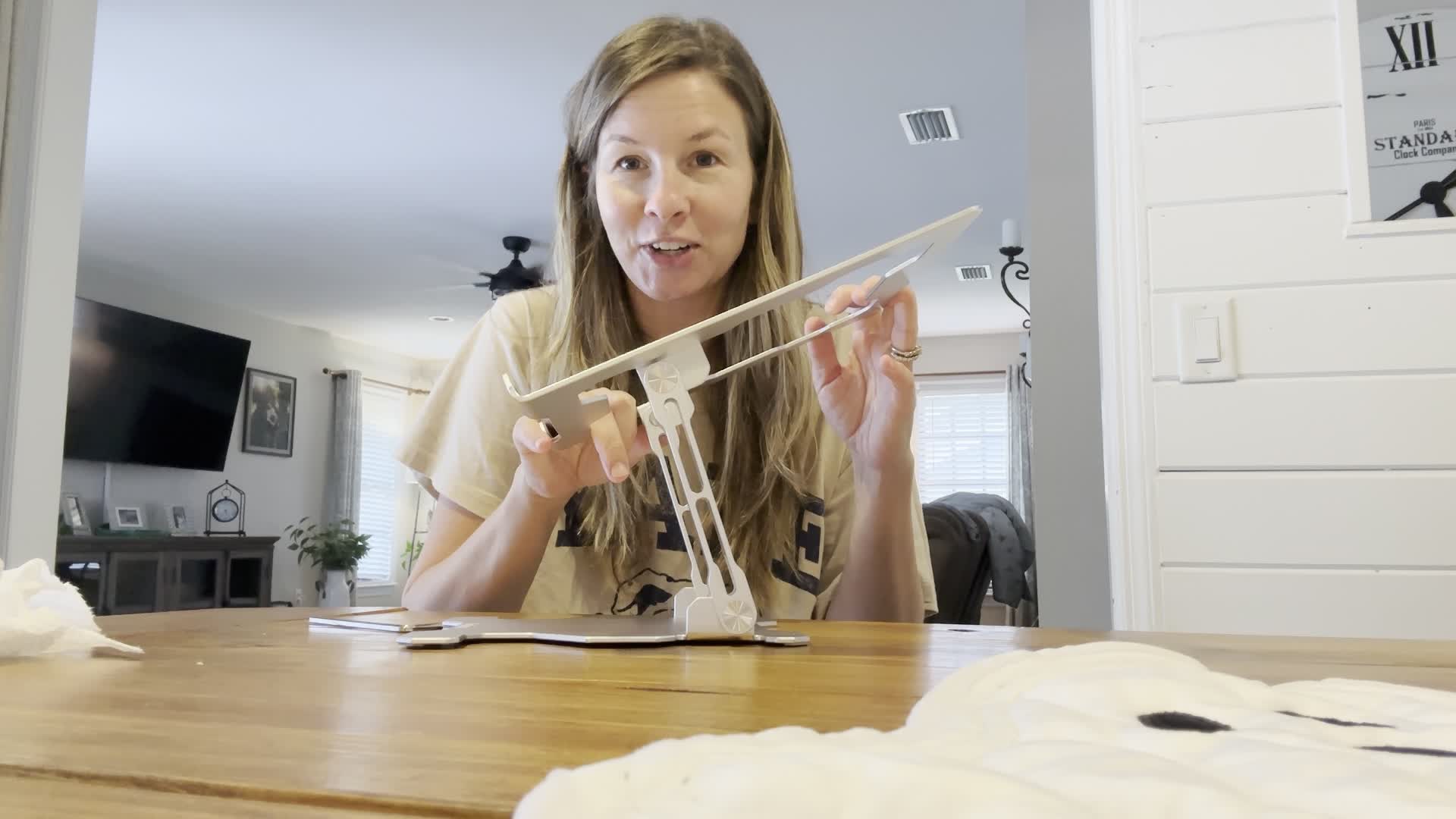
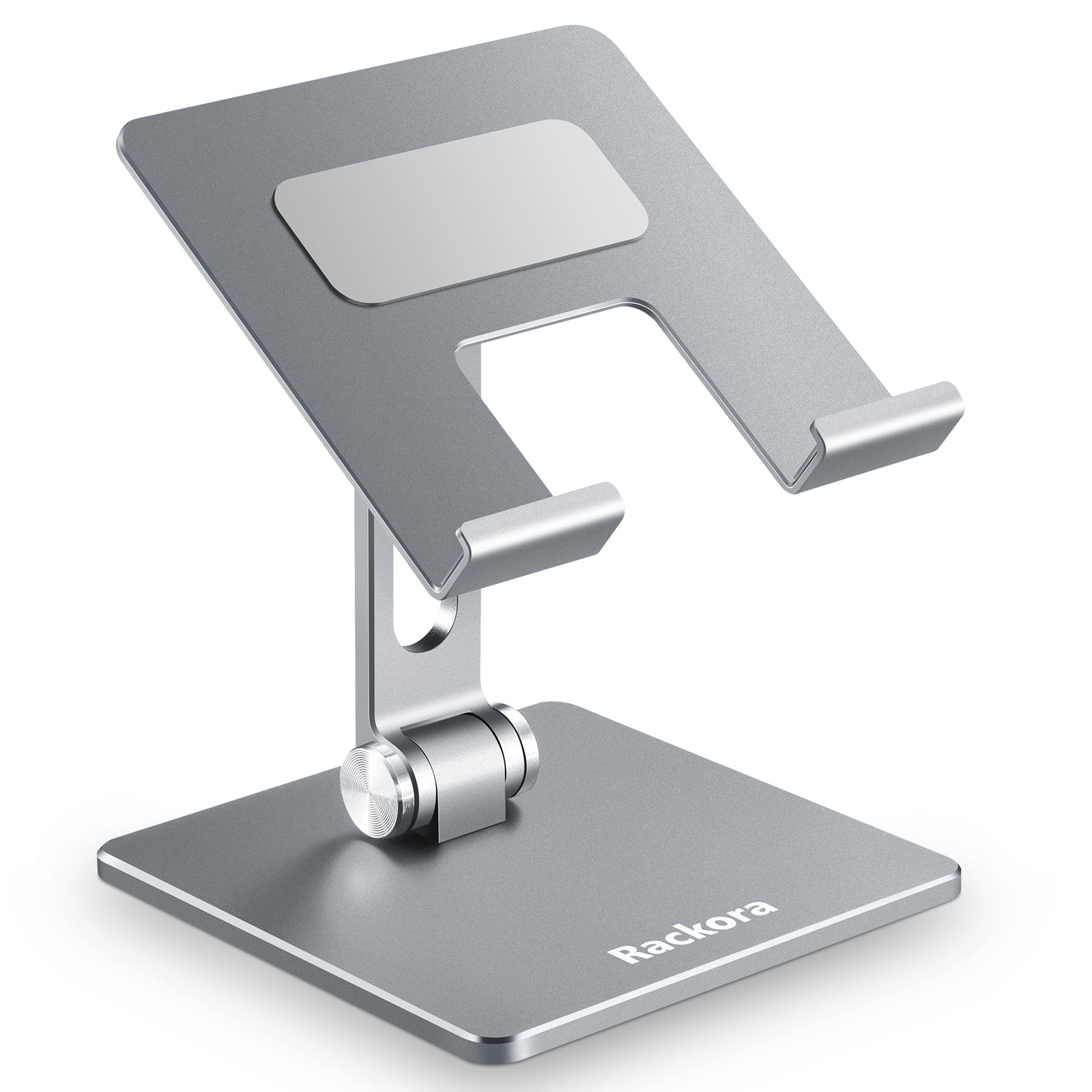
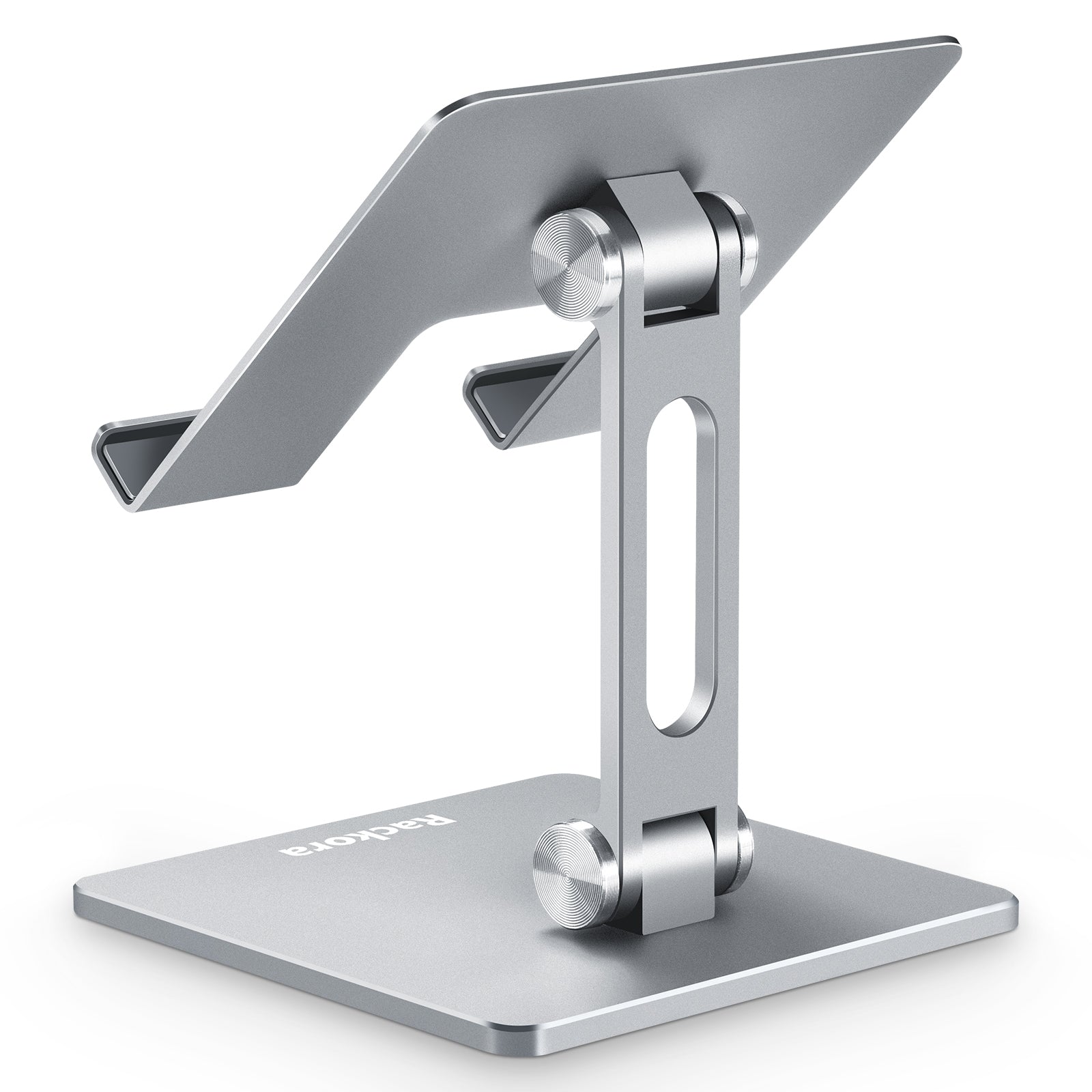
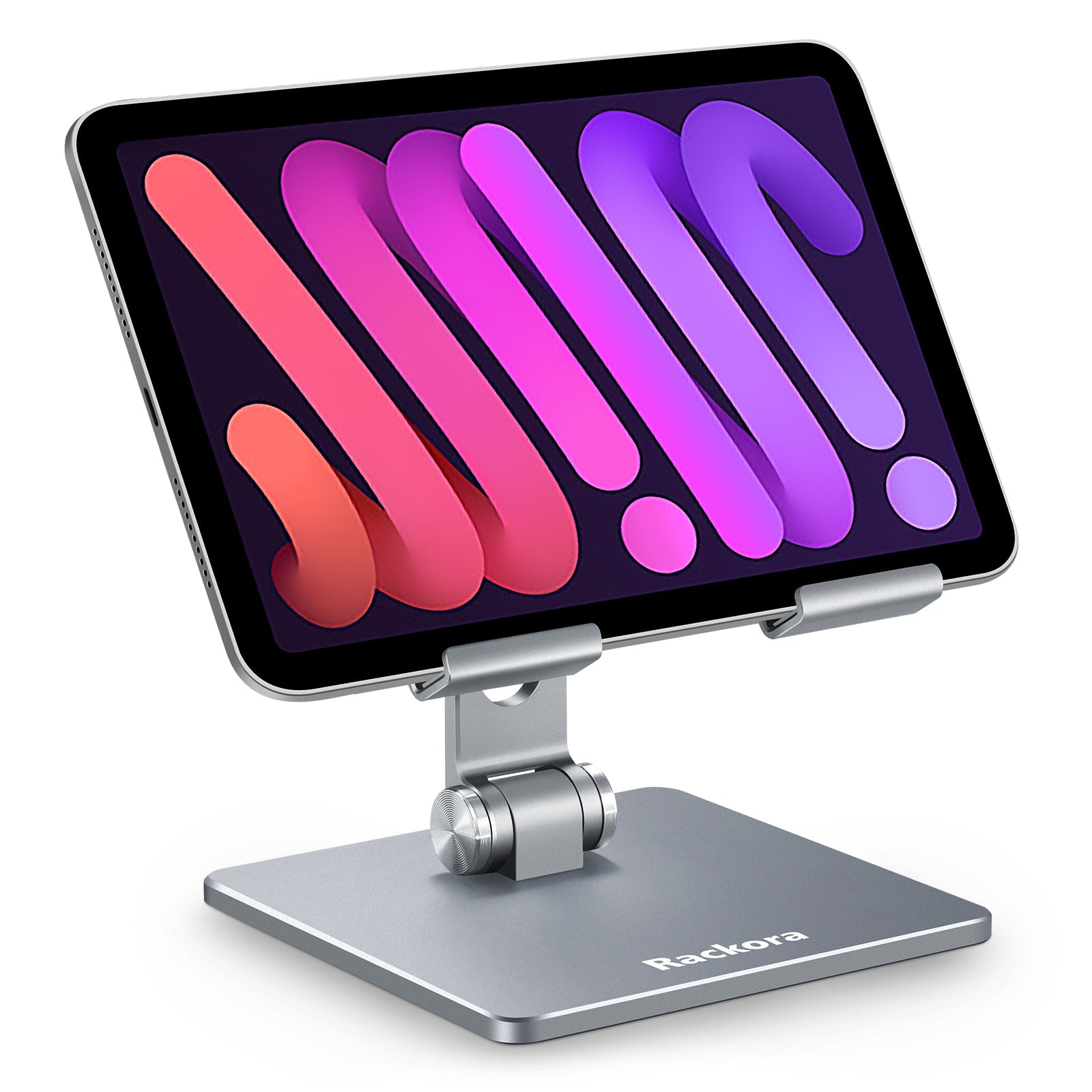

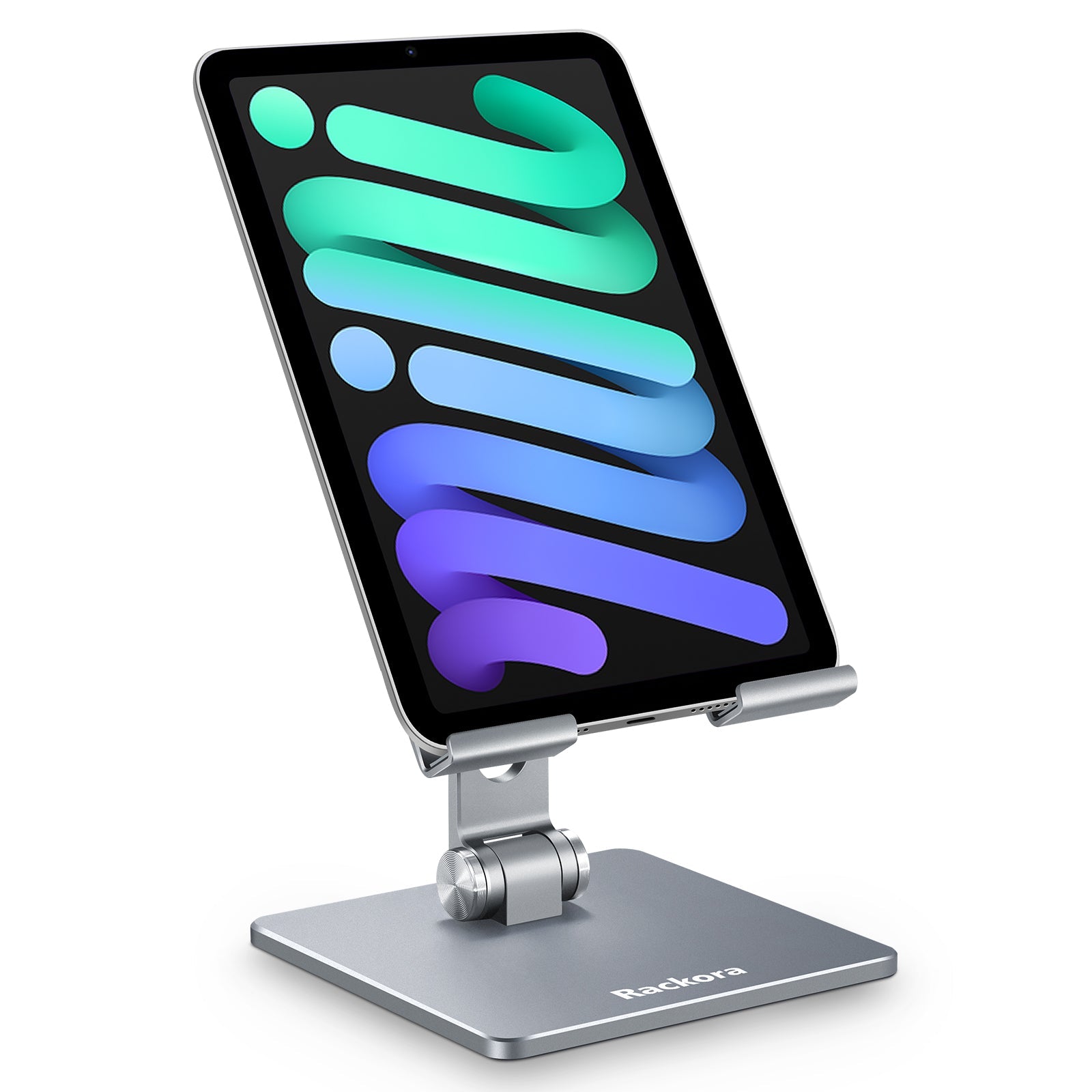
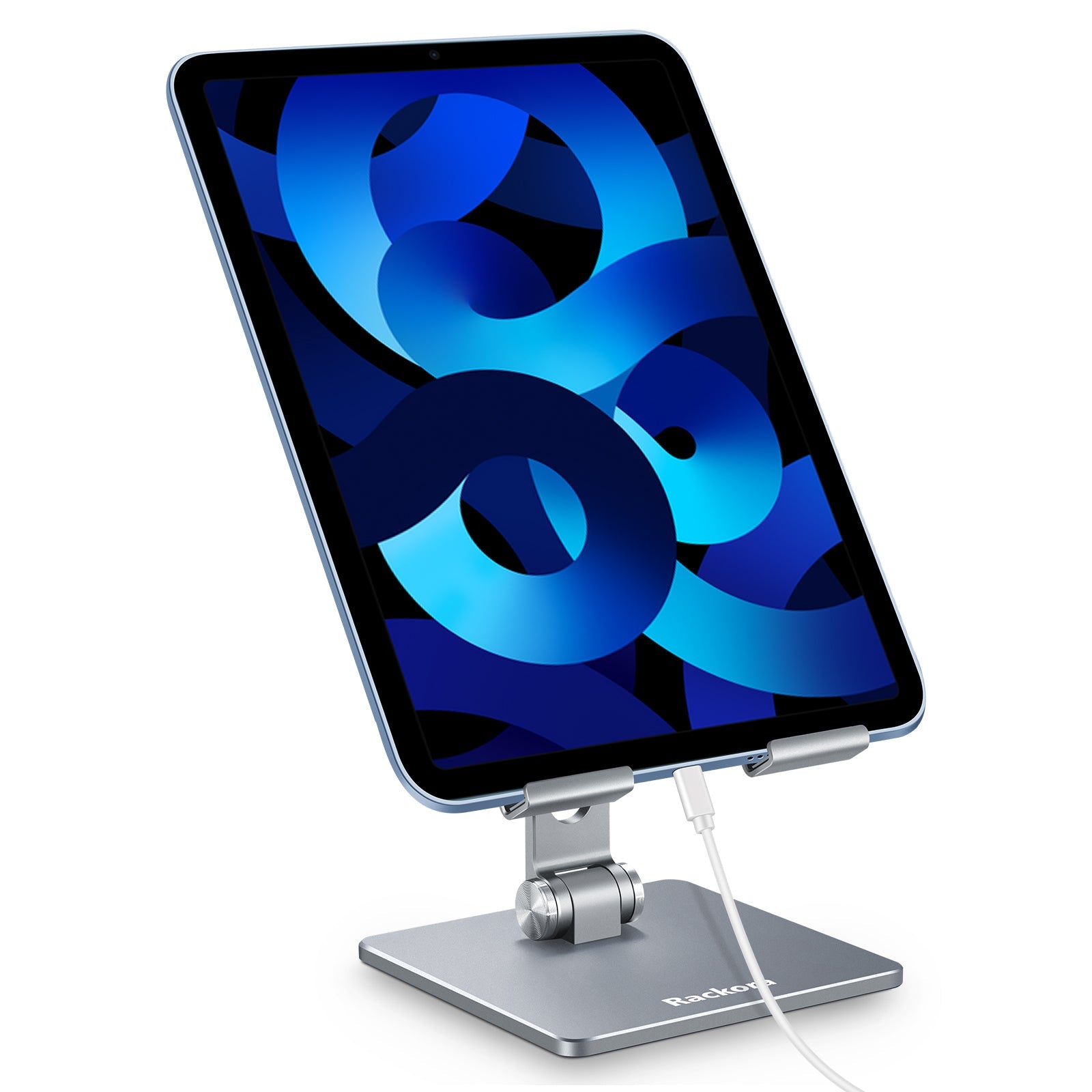

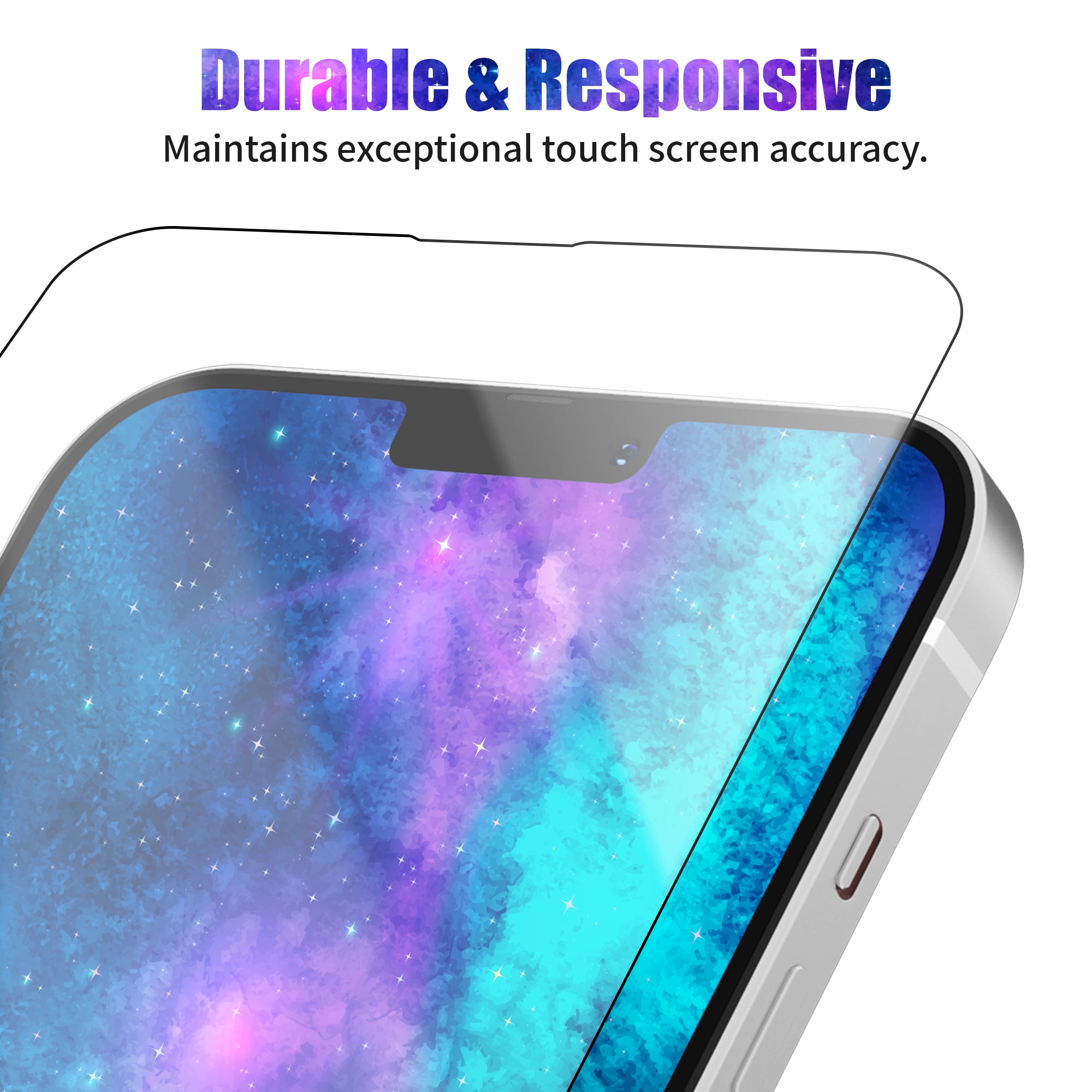
Leave a comment
All comments are moderated before being published.
This site is protected by hCaptcha and the hCaptcha Privacy Policy and Terms of Service apply.